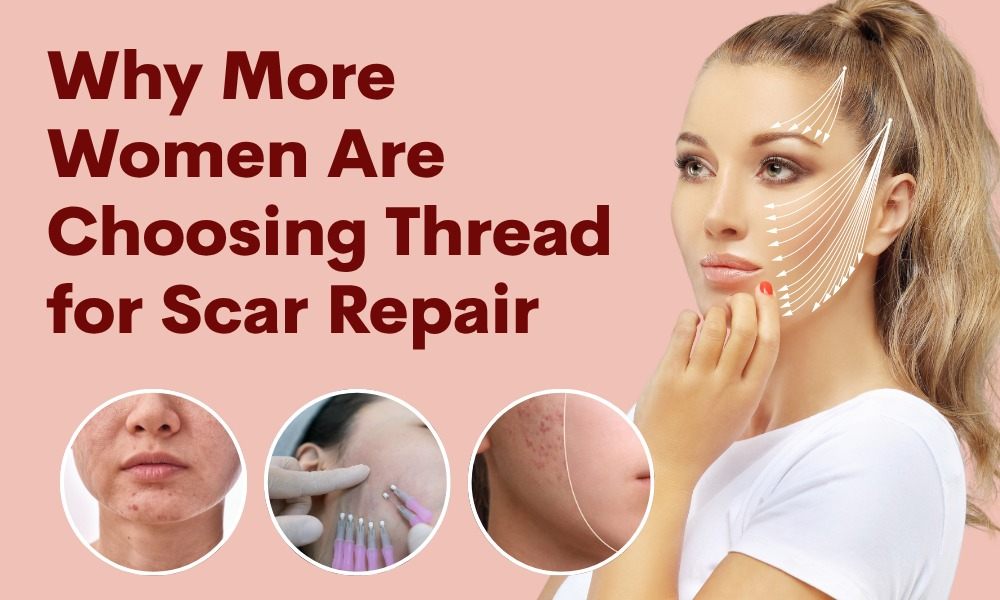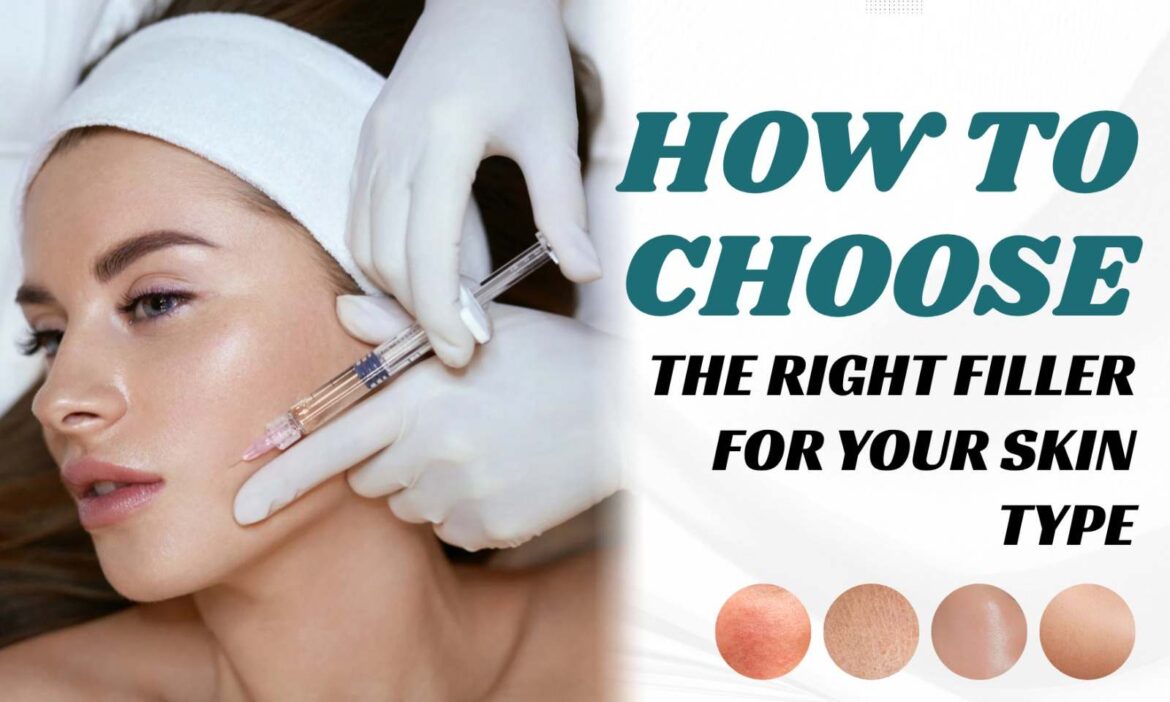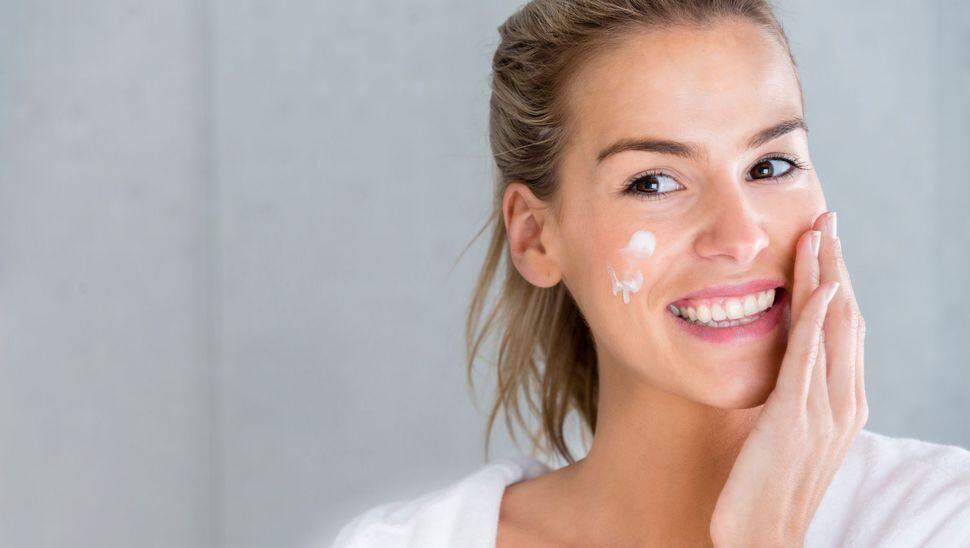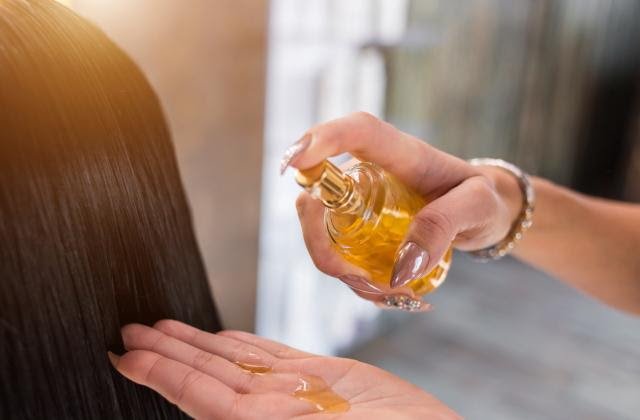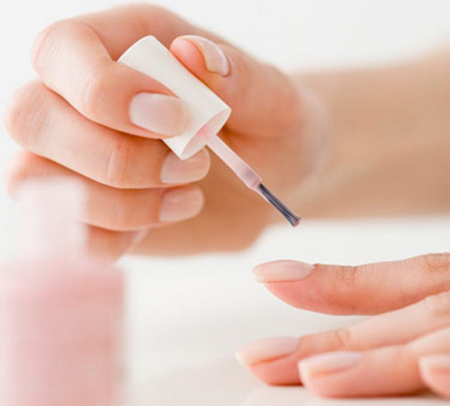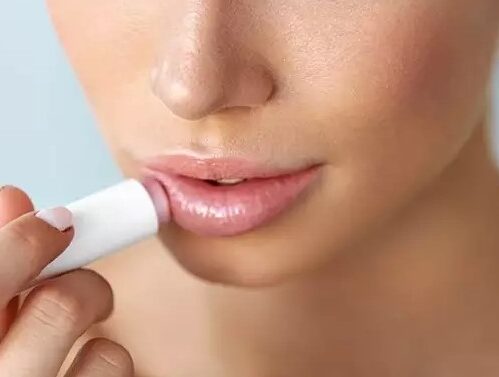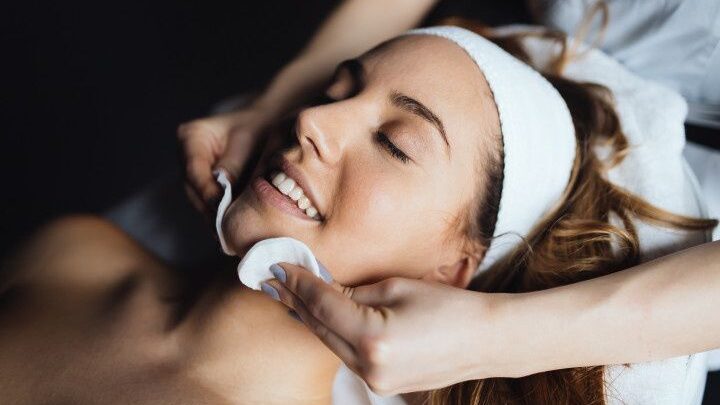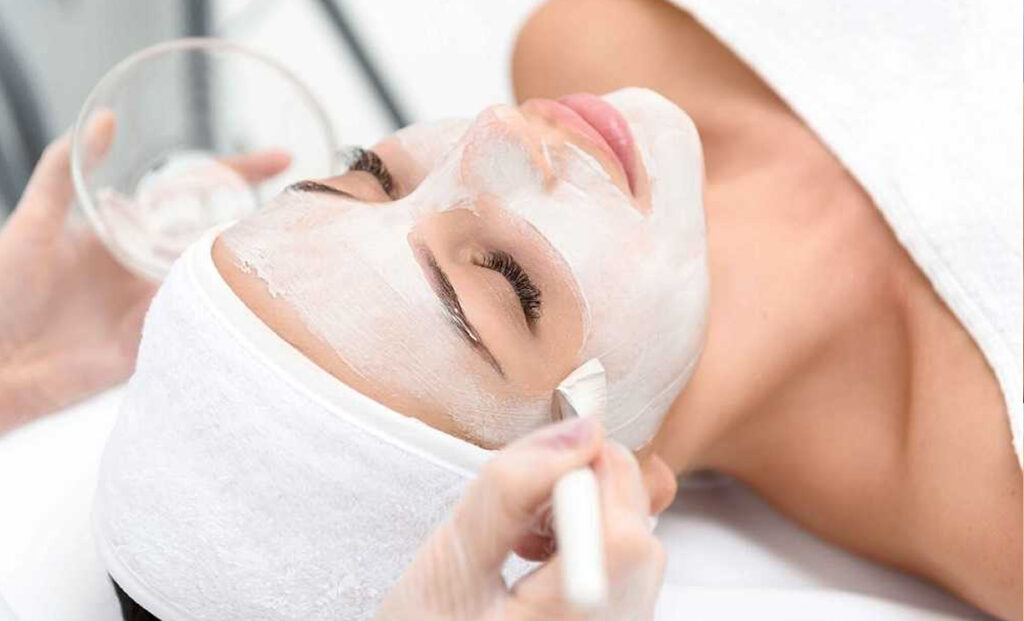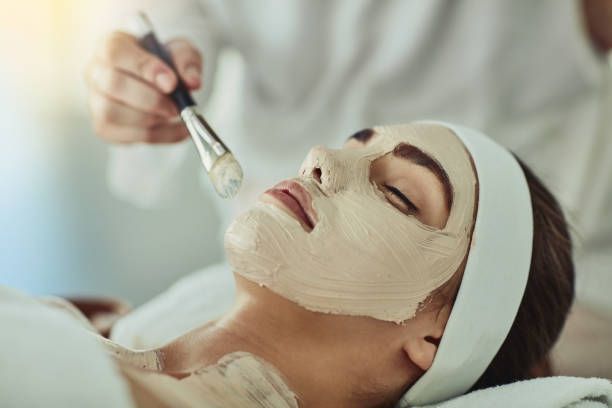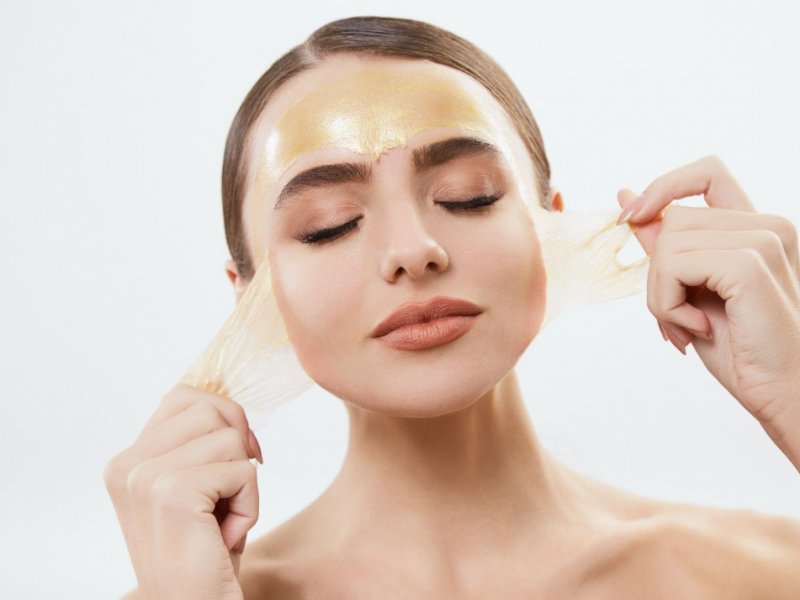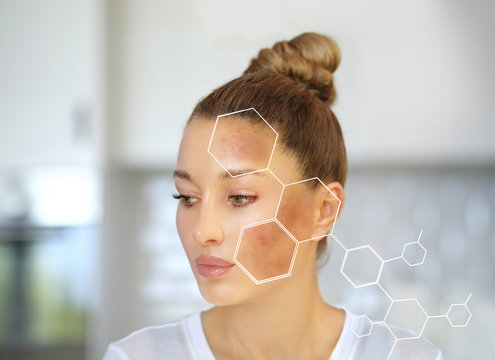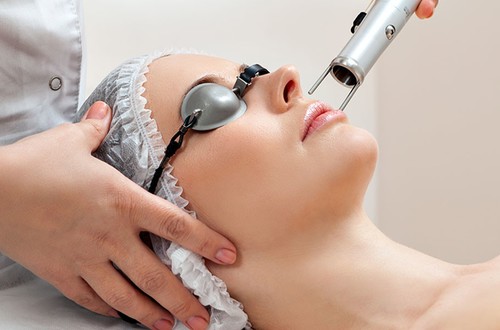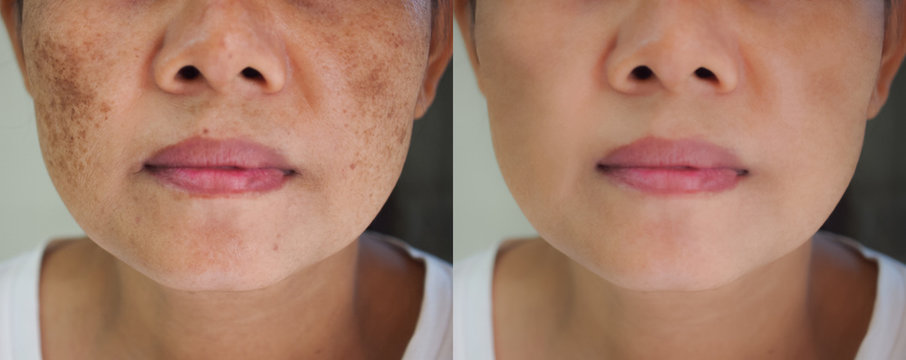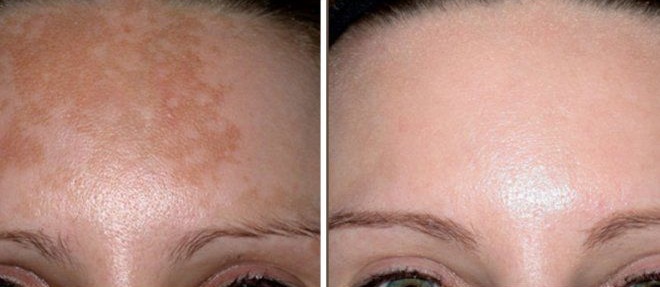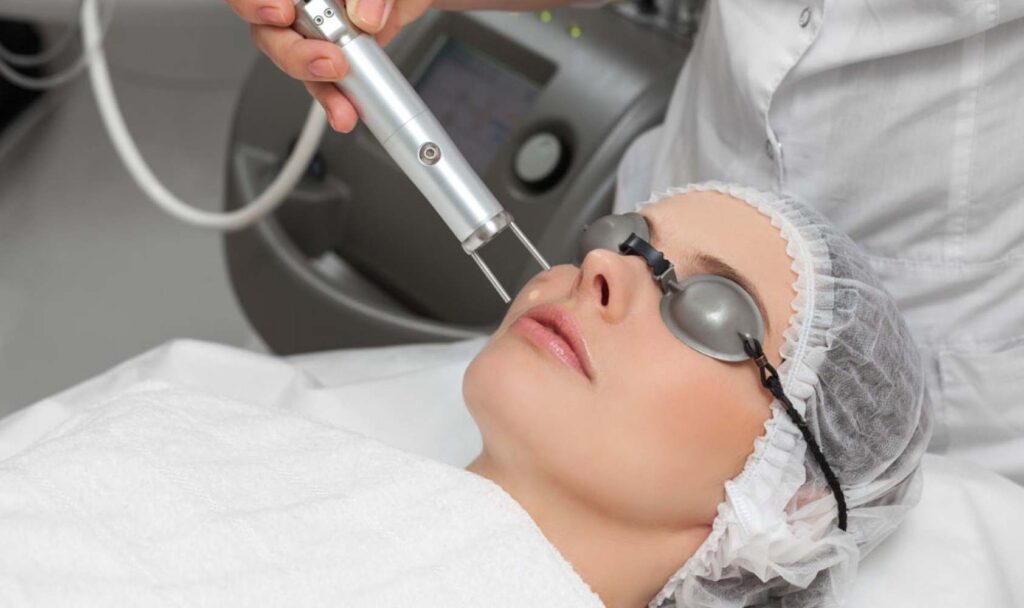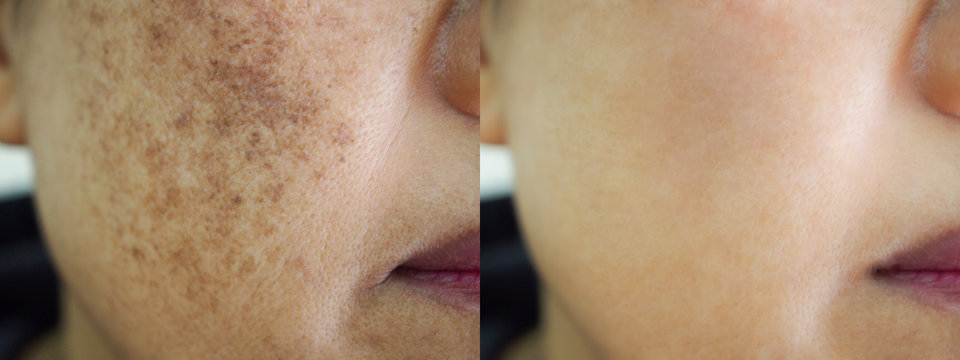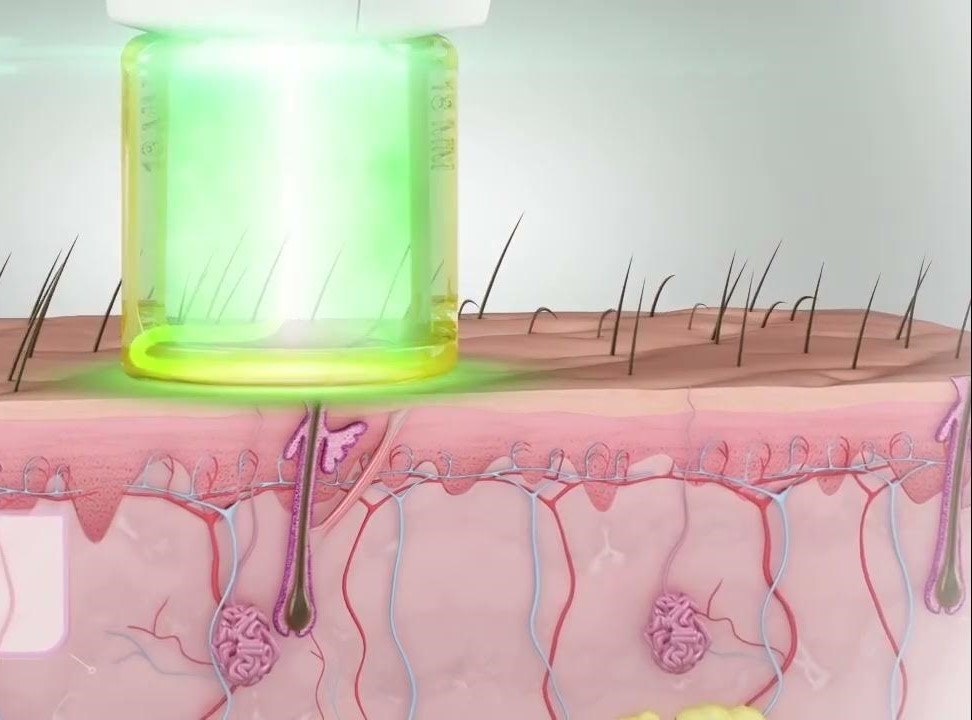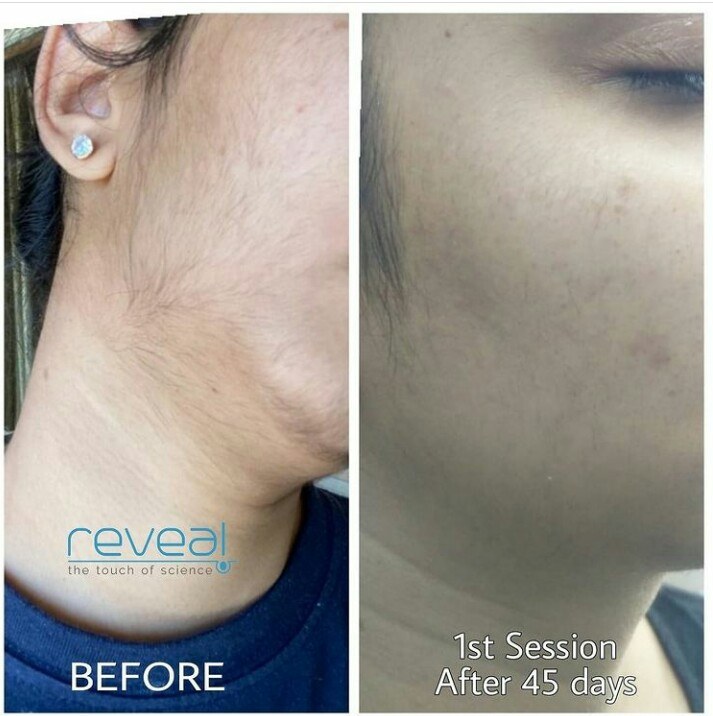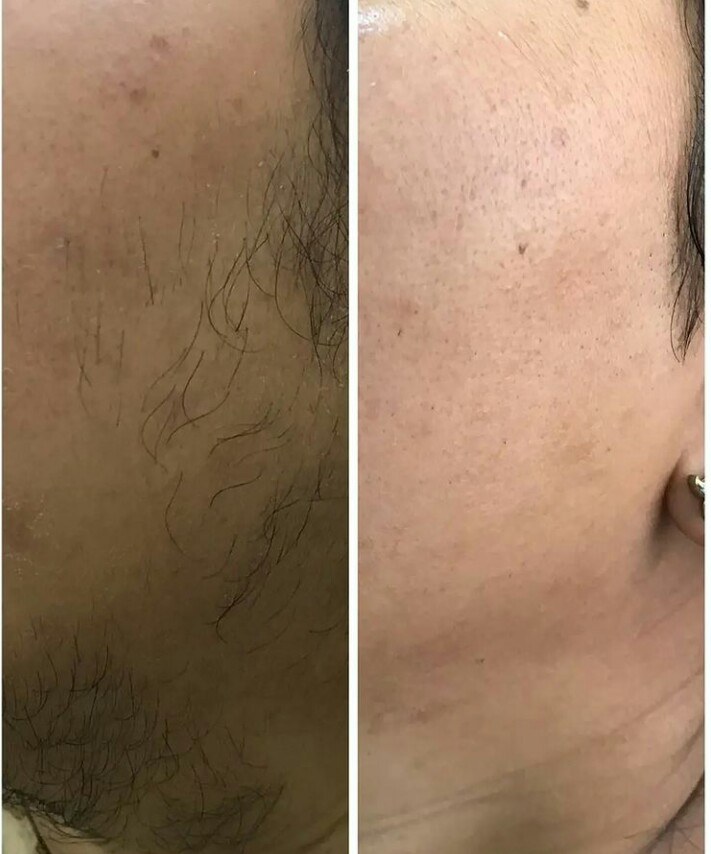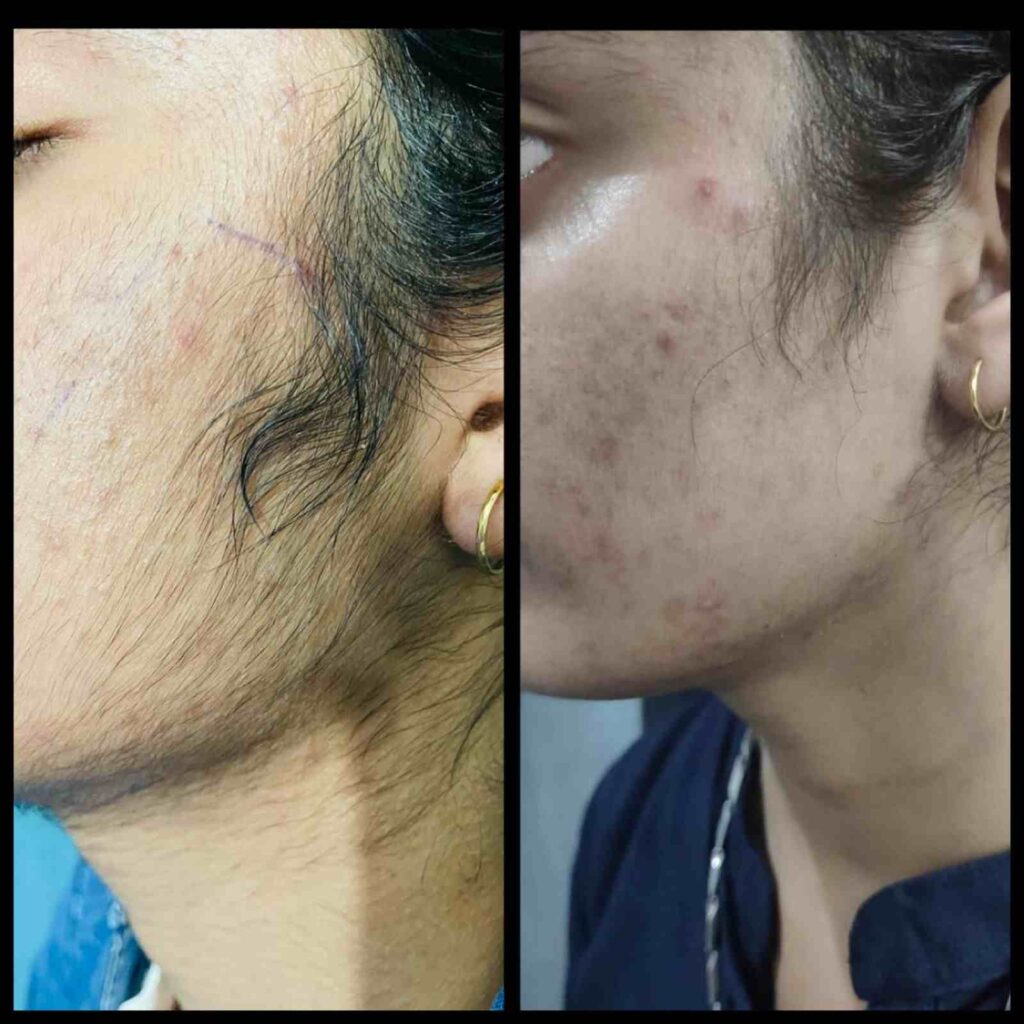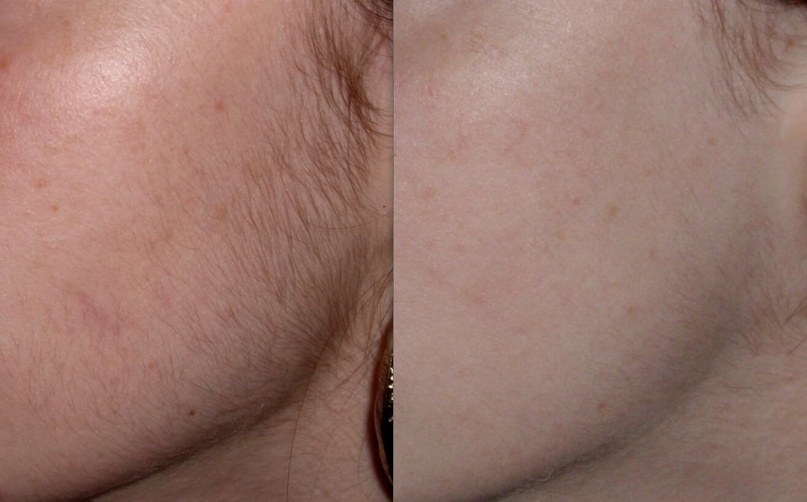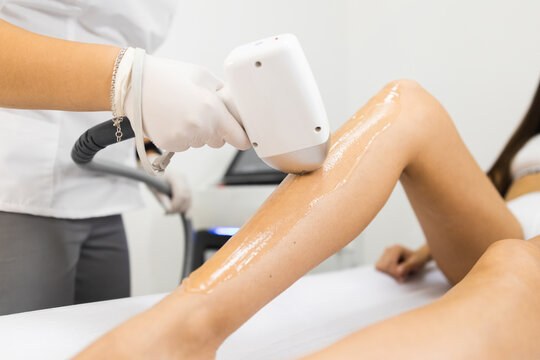In the world of skincare and cosmetic advancements, women are increasingly turning to minimally invasive solutions for treating scars. One such trending method is thread treatment — a technique that uses dissolvable threads to stimulate collagen production and gradually repair damaged skin. From acne scars to surgical marks, thread-based scar repair is becoming a preferred choice among women seeking natural-looking results with little downtime.
At SkinTown Clinic, many women have experienced transformative results under the guidance of experienced skin specialists. Let’s explore why this method is becoming so popular and how it works.
Understanding Thread Treatment for Scar Repair
Thread treatment, also known as thread lifting or scar threading, involves the use of biodegradable threads (commonly made from materials like PDO, PLLA, or PCL). These threads are inserted just below the skin using fine needles to promote healing and collagen regeneration around the scar tissue.
Unlike traditional treatments like chemical peels or laser resurfacing, threads work within the deeper layers of the skin, which can lead to longer-lasting and more effective results, especially for deep or stubborn scars.
Top Reasons Women Are Choosing Thread Treatment

1. Minimally Invasive and Quick Recovery
One of the greatest benefits of thread treatments is that they are non-surgical with very little downtime. Most women are back to their normal activities within a day or two. No stitches, bandages, or hospital stay — it’s perfect for working professionals, moms, and women who are on-the-go.
2. Natural-Looking Skin Texture Improvement

Unlike fillers that can create a puffed-up appearance, threads stimulate your body’s natural healing process. Over time, they encourage collagen production, leading to smoother, firmer, and more even skin. The results gradually improve over weeks, offering a natural skin texture enhancement without sudden changes.
3. Effective for Different Types of Scars
Thread treatments are suitable for:
- Acne scars
- Surgical scars
- Trauma scars
- Stretch marks
Women who have tried creams, serums, or even laser therapy with limited results often find thread therapy to be a game-changer, especially for atrophic or indented scars that are hard to treat.
4. Safe and Approved Technique
The threads are biocompatible and FDA-approved. They are slowly absorbed by the body in a period of time and leave healthier, rejuvenated skin behind. Only medically certified threads are used at SkinTown Clinic by trained dermatologists, providing maximum safety and efficacy.
5. Long-Lasting Results
Compared to topical treatments that require frequent application, the effects of thread therapy may be maintained for 12-18 months or more. As the collagen develops, the scarred area becomes finer and incorporated into the normal skin, becoming less visible.
The Experience at SkinTown Clinic
Located in Wadala, SkinTown Clinic has become a trusted destination for women looking for expert skin solutions. With years of experience and advanced dermatological equipment, the clinic offers customized thread scar repair plans based on each patient’s skin type, scar condition, and desired outcome.
If you’re searching for a “skin specialist in Wadala” or looking up “skin specialist near me” in Mumbai, SkinTown Clinic is often recommended for its professional approach, hygiene standards, and patient satisfaction.
What to Expect During the Procedure

A typical thread scar repair session involves the following steps:
- Consultation & Assessment: The dermatologist evaluates your scar, skin type, and overall suitability for the procedure.
- Preparation: A numbing cream is applied to minimize discomfort.
- Thread Insertion: Fine threads are inserted into or around the scar using micro-needles.
- Post-Care Instructions: You’ll receive guidelines on aftercare, including avoiding strenuous activity for a day or two and keeping the area clean.
The session usually takes 30 to 60 minutes, and most patients report little to no pain, thanks to modern anesthetic techniques.
Aftercare and Results
- Mild swelling or redness may appear immediately after the procedure, but it usually subsides within 24–48 hours.
- Avoid makeup or heavy creams on the treated area for at least 24 hours.
- Visible improvement in skin texture and scar appearance can begin to show within 2–3 weeks, with full results visible in 2–3 months as collagen builds.
Who Should Avoid Thread Treatment?
While thread scar repair is generally safe, it may not be recommended for:
- Pregnant or breastfeeding women
- Those with active skin infections or severe acne flare-ups
- People with autoimmune conditions
A detailed consultation with a skin specialist is crucial to determine eligibility.
Why Choose a Skin Specialist in Wadala for Thread Scar Repair?
Wadala is home to some of Mumbai’s most well-equipped clinics, including SkinTown Clinic, which is known for:
- Personalized treatments
- Experienced dermatologists
- Use of high-quality threads and equipment
- Transparent pricing and ethical practices
Whether you’re nearby or searching online for a “skin specialist near me”, SkinTown Clinic in Wadala is a smart choice for reliable scar repair treatments.
Conclusion

Thread treatment for scar repair is gaining popularity among women because it offers safe, long-lasting, and natural-looking results without the pain or recovery time of surgical options. As more women embrace self-care and aesthetic wellness, they are turning to trusted clinics like SkinTown Clinic to explore this innovative method under expert supervision.
If you’re tired of concealing scars and are looking for a minimally invasive solution, it’s time to consult a skin specialist in Wadala. Let thread scar repair restore your confidence — one thread at a time.

